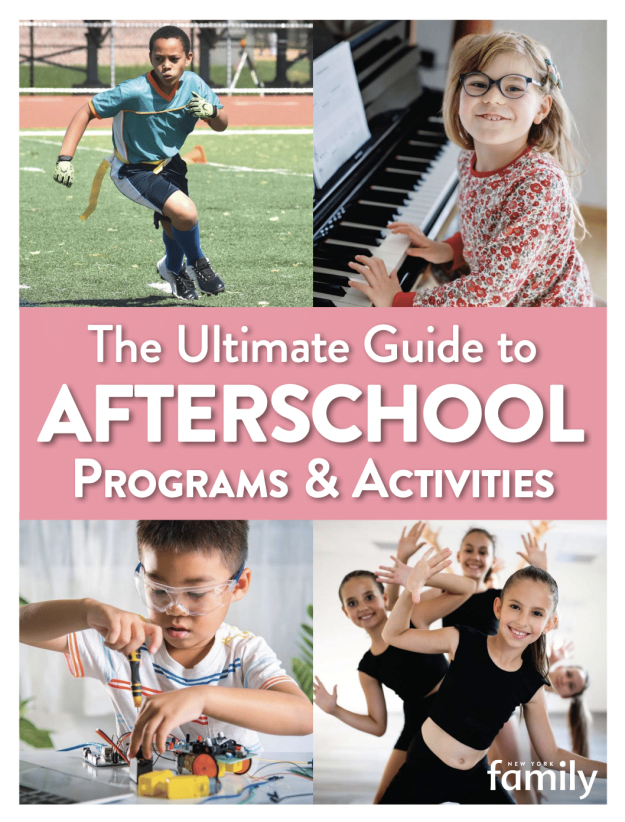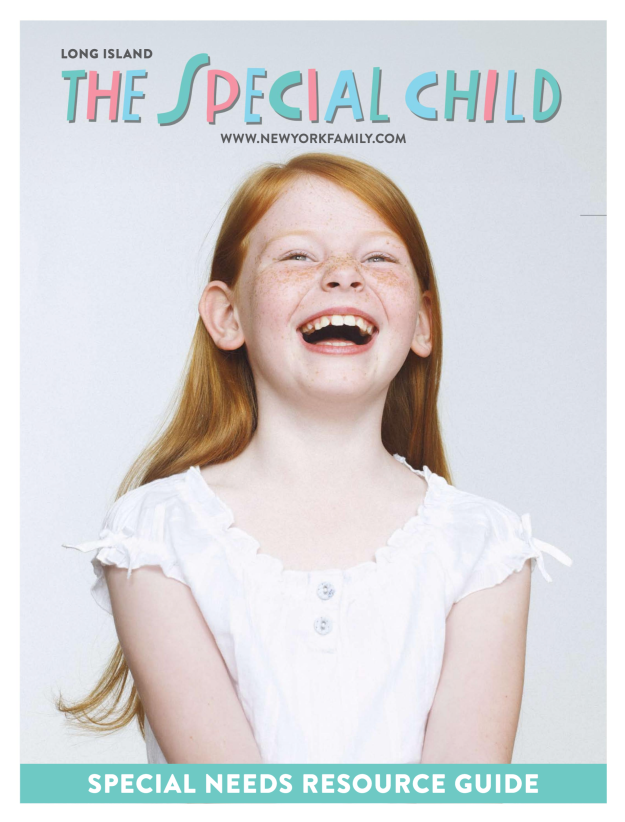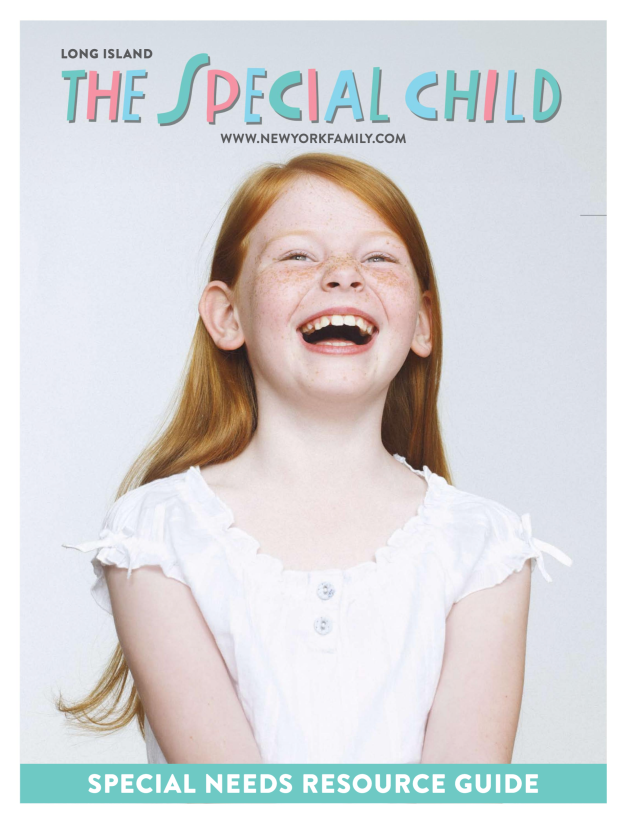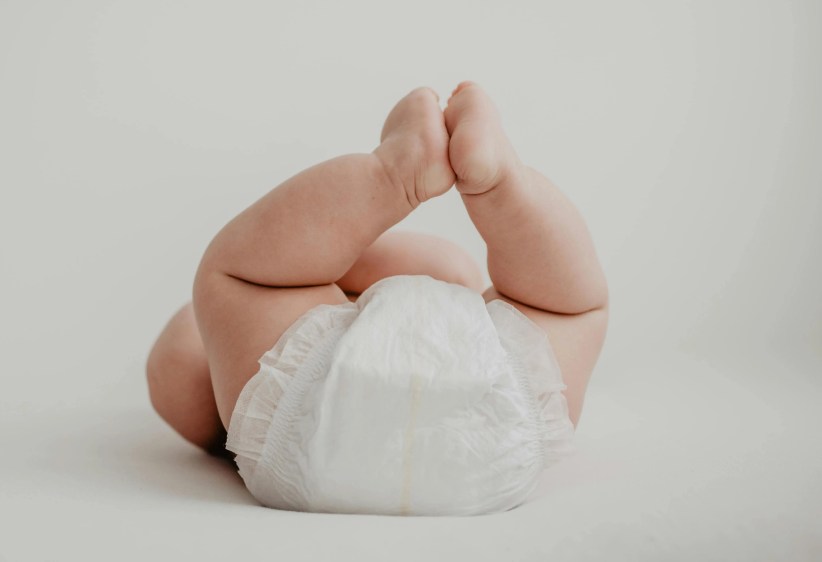 Although breastfeeding is a natural, symbiotic practice that has enormous benefits for both mother and child, many women often feel overwhelmed when faced with the task for the first time—especially since there are so many myths about breastfeeding floating around.
Although breastfeeding is a natural, symbiotic practice that has enormous benefits for both mother and child, many women often feel overwhelmed when faced with the task for the first time—especially since there are so many myths about breastfeeding floating around.
One good way to achieve breastfeeding success and confidence is to learn as much about the process as possible before giving birth. Seeking to set things straight about some common misconceptions regarding breastfeeding, we asked three experts in the field to share their insights.
Myth: Some women do not produce enough milk to adequately feed their babies, and if a baby loses weight during the first few days of breastfeeding, it’s because they’re not getting enough nutrients.
According to Jada Shapiro—a mom of two, DONA-trained doula, and co-director of Birth Day Presence—most women actually do make enough milk to nourish their babies.
“Initially after giving birth, women will produce colostrum—I like to call it ‘the liquid gold,’” Shapiro says. “Colostrum is a sticky, thick, golden fluid that new mothers produce in very small amounts after giving birth. These few drops of liquid gold is all the baby needs in the first few days, and people often don’t realize that.”
In fact, babies are supposed to lose weight in the first couple days of breastfeeding, adds Shari Criso, a registered nurse, midwife, and certified lactation consultant, as well as a mom of two and founder of the My Baby Experts. “When a mom delivers, there is no milk. In the first couple of days there is only colostrum—it’s amazing stuff,” she says. “Colostrum gives the baby everything it needs, such as antibodies that give the baby’s immune system the protection that it needs from viruses.”
The fact that the mother doesn’t have free-flowing milk for the first few days tells us that it’s not just okay for babies to lose weight—usually around 10 percent of their body weight according to Criso—it’s essential and necessary for them to do so.
Many women expect to see fully flowing breast milk in the first few days, but in reality, milk will begin to fully flow around the third day. “People have this idea that milk is this free-flowing liquid—and it is, but not until day three,” Shapiro adds.
Myth: It doesn’t make a difference if a mother alternates between breastfeeding and bottle-feeding.
“When I discuss the topic of inadequate milk production with women, some of them admit to alternating between breast- and bottle-feeding in the first few days,” Shapiro says. “In theory, it sounds perfect. New mothers think: ‘Oh maybe I’ll get some sleep,’ but in reality it could actually slow down milk production.” Shapiro also adds that the only way a new mother can make milk is by having the child physically latching onto the breast—the latching process tells the body that it needs to make milk, and to regulate this process, a baby should not be bottle-fed at all in the first few days.
Myth: If a mother doesn’t typically eat well, she should refrain from breastfeeding her baby because the impurities found in her food will harm the child.
“What a mother eats has no effect on the milk that she produces,” Criso says. “If a nursing mother eats junk food every day, of course personally she wouldn’t feel well…but the body will break down every last bit of protein, fat, carbohydrates, and
vitamins to make perfect milk.”
In short, what a mother eats is not going to diminish the quality or amount of the breast milk. According to Criso, it’s very important for women to keep themselves healthy, but even if a mom doesn’t have the best diet, there’s no reason for her to refrain from breastfeeding.
Myth: If a mother’s breasts still feel full after breastfeeding, she should pump immediately after.
“Many women believe that if their breasts are engorged after feeding their baby, they have extra milk and should pump it out,” explains Andrea Syms-Brown, a certified lactation consultant and the founder of Baby in the Family, a group that provides service and care for newborns. “Although the sensation can be uncomfortable, not pumping after [feeding] will help your body regulate how much milk it produces.”
In fact, pumping right after the baby feeds can actually lead to overproduction of milk and can cause infections to develop. Syms-Brown’s recommendation is to nurse the baby and keep a diary about the consistency of the bowel movements. “Mothers should expect to see larger excretions that are mustard-colored by day five,” Syms-Brown says. “If that’s the case, then the baby is certainly getting enough food. At that point, if the mother finds she is still very engorged, she can apply a cool compress to her breasts and it will reduce the swelling and help the body to regulate more quickly.”
Myth: If there is any pain in the breasts after feeding, a lanolin cream should always be used to treat the discomfort.
When mothers have soreness in the region, Syms-Brown says that she tends to find that they overuse nipple cream. “If a woman has any wounds or open cuts, such as cracking on the breasts, that’s when a lanolin cream should be applied,” she explains. “If a mother’s breasts are simply sore or chafing, an organic olive or coconut oil can be applied to help the pain. Organic coconut and olive oils can also be applied to the scars a woman may have endured from a C-section, as well.”
Get even more tips and info on breastfeeding from some of our fave experts in the field by visiting their websites!
Shari Criso: mybabyexperts.com
Jada Shapiro: birthdaypresence.com
Andrea Syms-Brown: babyinthefamily.net





















